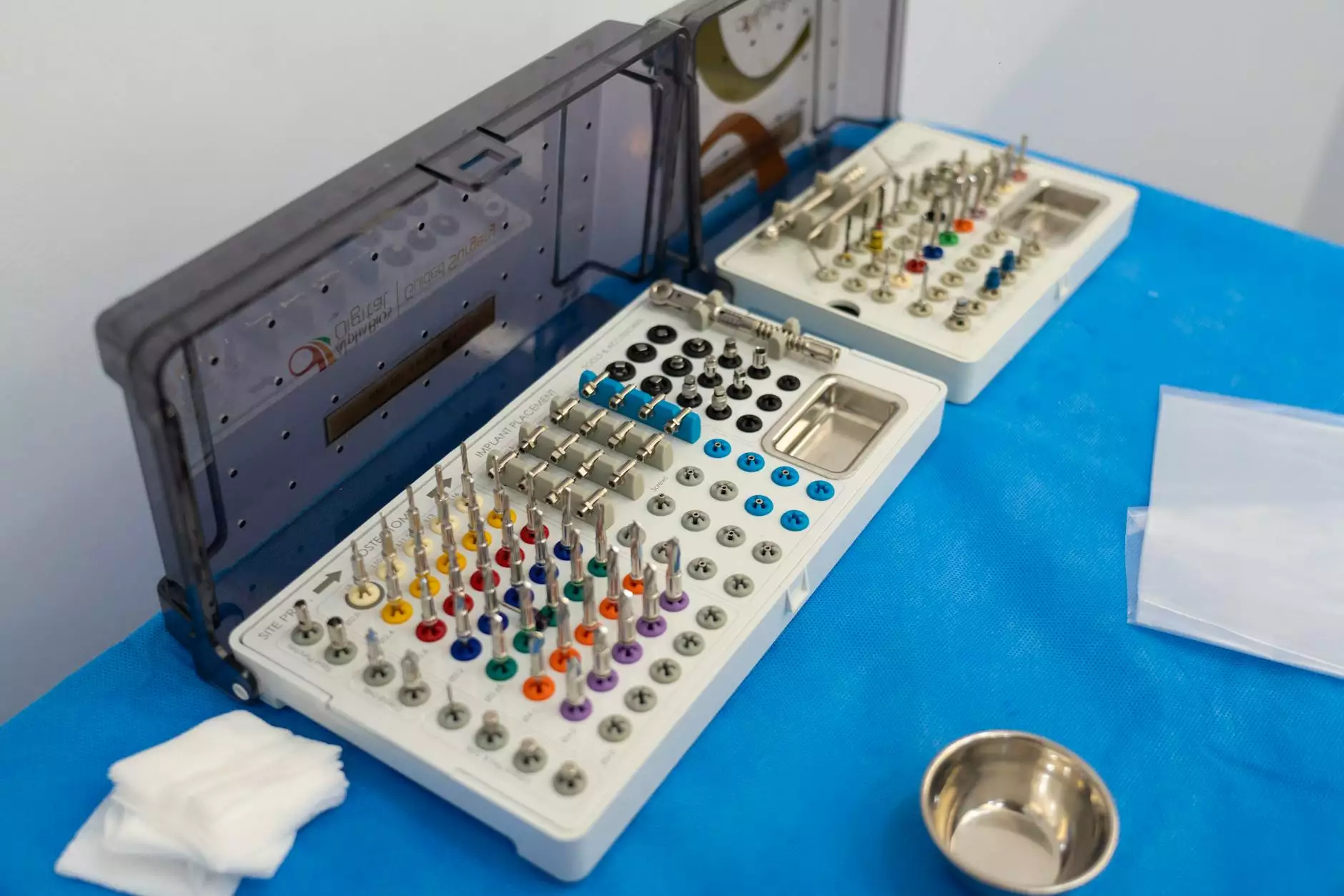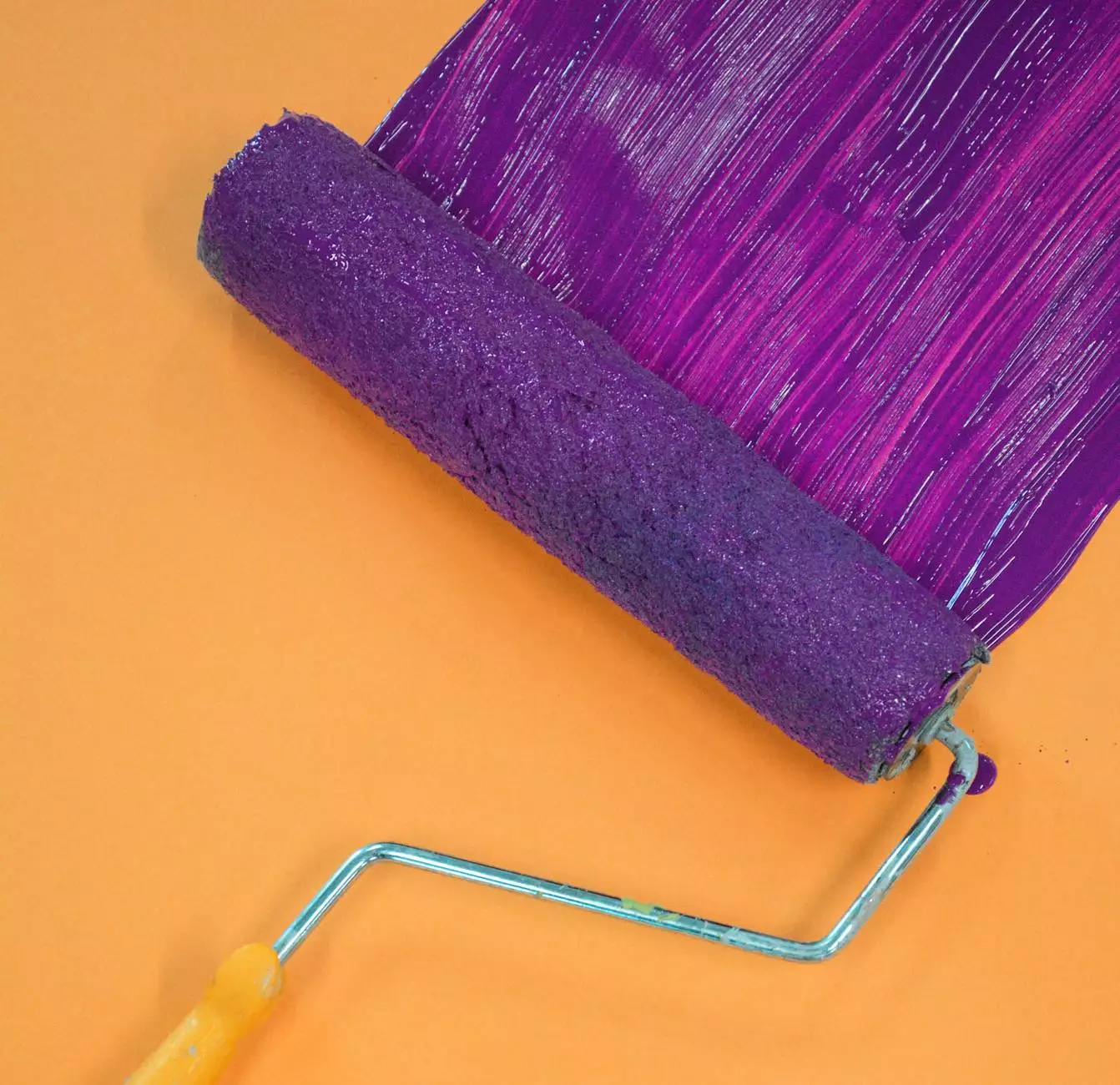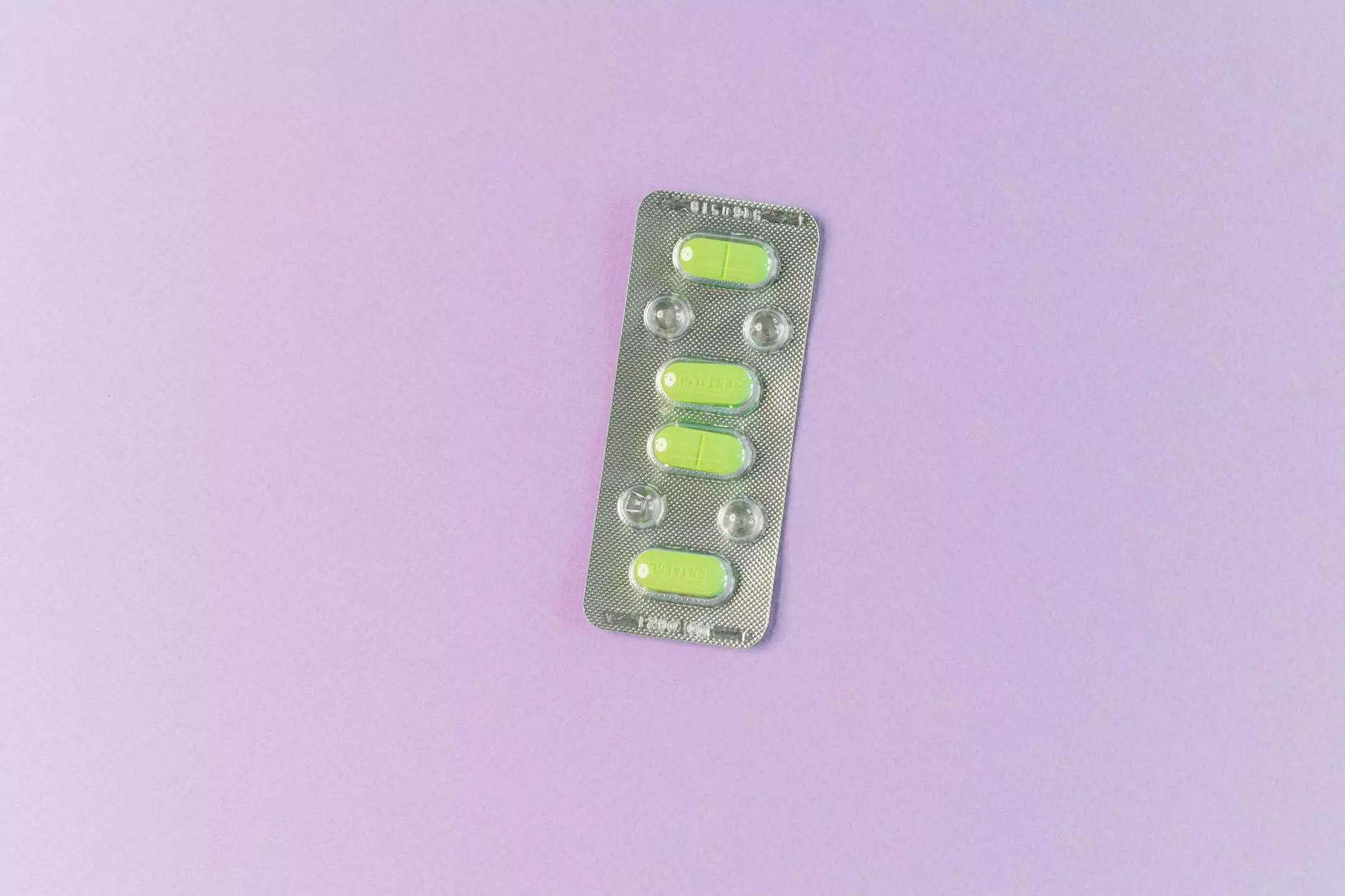Understanding Salpingo Oophorectomy Surgery

What is Salpingo Oophorectomy Surgery?
Salpingo oophorectomy surgery is a surgical procedure that involves the removal of one or both ovaries and the associated fallopian tubes. This surgery is typically performed to treat various gynecological conditions, including ovarian cancer, endometriosis, and ovarian cysts.
During this operation, the surgeon may opt for a laparoscopic approach, which is minimally invasive, or an open surgery, depending on the specific medical situation of the patient. Understanding the nuances of this surgery is crucial for anyone facing an indication for it.
Why is Salpingo Oophorectomy Performed?
Several medical conditions may necessitate a salpingo oophorectomy:
- Ovarian Cancer: Removal of cancerous ovaries can be crucial for treatment.
- Endometriosis: Severe endometriosis may require the removal of affected organs.
- Ovarian Cysts: Persistent or painful cysts might lead to this surgery.
- Genetic Risk Factors: Women with BRCA gene mutations may choose this surgery as a preventative measure.
Preparation for Salpingo Oophorectomy Surgery
Preparing for salpingo oophorectomy surgery involves several steps to ensure the safety and effectiveness of the procedure:
- Preoperative Consultation: It is essential to have in-depth discussions with your healthcare provider regarding the procedure, possible risks, and expected outcomes.
- Medical History Review: Providing a comprehensive medical background, including current medications, allergies, and prior surgeries, helps in planning the operation.
- Preoperative Tests: Blood tests, imaging studies, and other necessary evaluations ensure that you are fit for surgery.
- Fasting: Patients are generally instructed to avoid food and drink for several hours before surgery.
The Salpingo Oophorectomy Surgical Procedure
The actual surgical process can vary based on whether a laparoscopic or open technique is used:
Laparoscopic Procedure
In a laparoscopic salpingo oophorectomy, the surgeon makes several small incisions in the abdomen:
- Gas Insufflation: Carbon dioxide gas is introduced to expand the abdominal cavity.
- Camera Insertion: A laparoscope (a thin tube with a camera) is inserted to provide visual guidance.
- Removal of Ovaries: The ovaries and fallopian tubes are excised through the small incisions.
Open Procedure
In cases requiring an open procedure, a larger abdominal incision is made. This is typically reserved for more complicated cases.
In both methods, careful surgical techniques are employed to minimize risks and ensure successful outcomes.
Risks and Complications of Salpingo Oophorectomy
As with any surgical operation, there are potential risks associated with salpingo oophorectomy surgery:
- Infection: Risk of infection at the surgery site or internally.
- Bleeding: Possible bleeding during or after the operation.
- Damage to Surrounding Organs: Potential unintentional damage to nearby structures.
- Hormonal Changes: Removal of the ovaries can lead to hormonal imbalances and associated symptoms.
- Anesthesia Risks: As with any surgery requiring anesthesia, there are inherent risks.
Recovery After Salpingo Oophorectomy
Recovery from salpingo oophorectomy surgery can vary significantly based on the type of procedure performed:
Initial Recovery Phase
In the initial recovery phase, patients may need to stay in the hospital for observation. Typically, with a laparoscopic approach, the recovery can be significantly quicker:
- Hospital Stay: May range from same-day discharge to a few days in the hospital.
- Pain Management: Postoperative pain can be managed with medications prescribed by your physician.
Home Recovery
Once discharged, patients should follow specific guidelines for a smooth recovery:
- Activity Level: Gradually increase activity as tolerated; avoid strenuous activities and heavy lifting for several weeks.
- Follow-Up Appointments: Attend scheduled follow-ups to monitor healing and address any concerns.
- Watch for Complications: Monitor the surgical site for any signs of infection or abnormal symptoms.
Emotional and Psychological Impact
Undergoing salpingo oophorectomy surgery can also have emotional and psychological ramifications due to hormonal changes and the significant nature of the surgery. Support from healthcare providers and mental health professionals is crucial during this transition:
- Psychological Support: Engaging in therapy or support groups can help address feelings of loss or anxiety.
- Educating on Hormone Replacement Therapy (HRT): Discussing HRT options with your doctor can alleviate symptoms of hormonal imbalance.
Long-Term Outlook After Salpingo Oophorectomy
The long-term outlook after salpingo oophorectomy surgery largely depends on the underlying reasons for the procedure:
For those with cancer, the procedure may significantly reduce the risk of cancer recurrence. Patients with conditions like endometriosis may find relief from pain and symptoms, improving their quality of life. Regular follow-ups and monitoring are essential to ensure ongoing health.
Conclusion
Salpingo oophorectomy surgery is a significant medical procedure with both physical and emotional implications. Understanding the details surrounding the surgery, preparation, recovery, and potential risks can empower patients to make informed decisions. Consulting with experienced professionals like those at DrSeckin.com can provide valuable insights and support throughout the journey of care.








